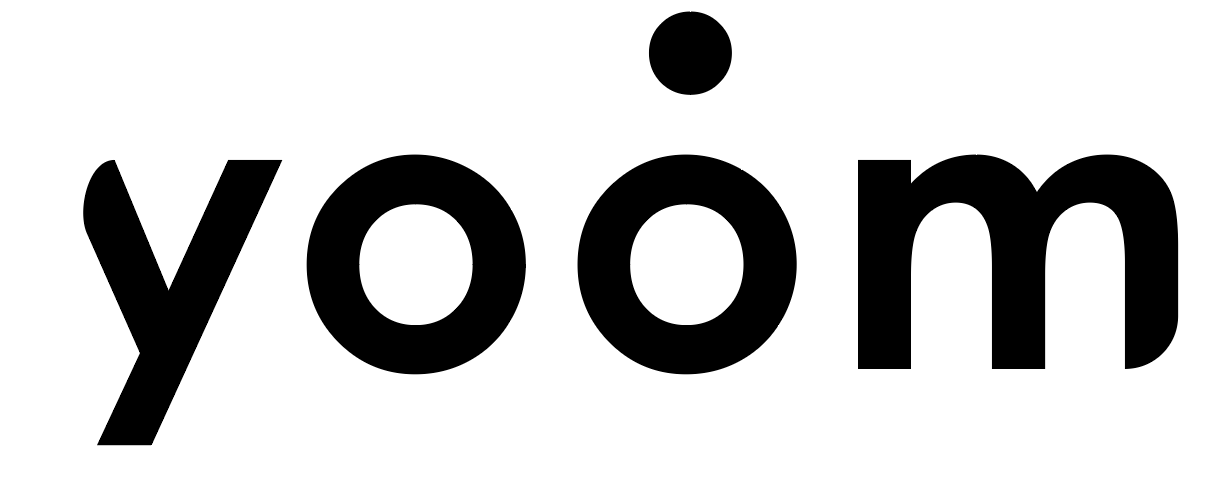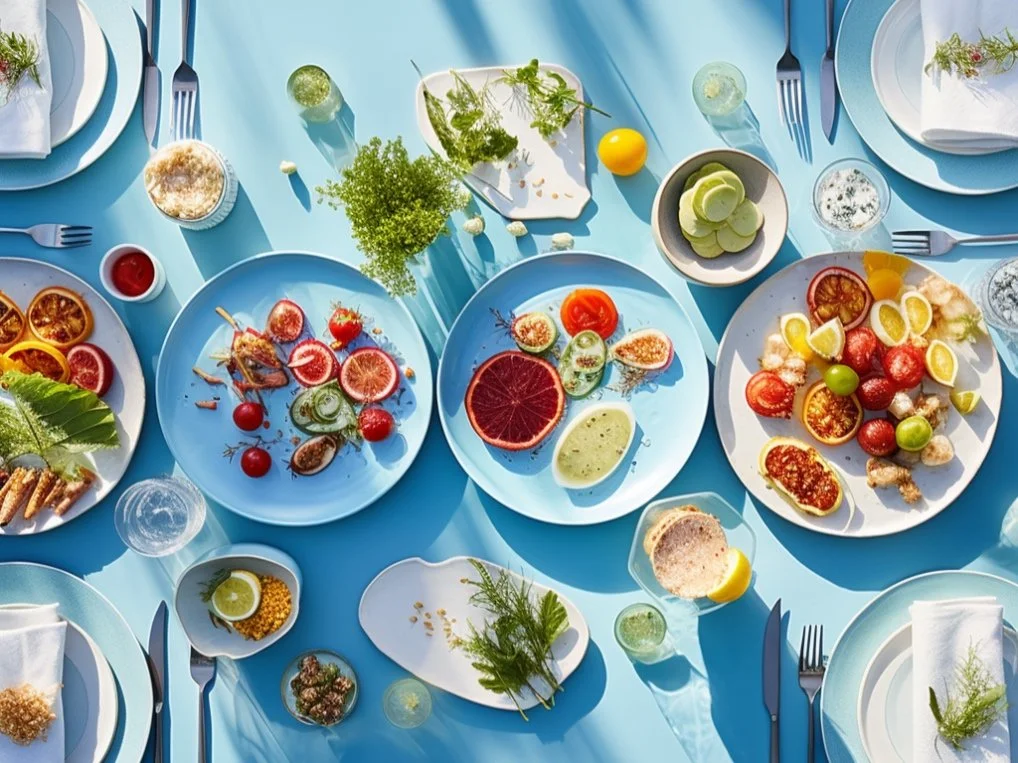How the color blue suppresses your appetite
When it comes to our eating habits, numerous factors come into play. From portion sizes to the types of foods we consume, our surroundings and environment can significantly influence our appetite. One intriguing discovery in the realm of appetite control is the role that the color blue plays. Research suggests that the color blue has a unique ability to suppress our appetite. A study published in the journal PLOS ONE in 2015 conducted by Dr. Brian Wansink and his colleagues examined the influence of plate color on food consumption. The researchers found that participants who ate from blue plates consumed fewer calories than those who ate from red or white plates.
In this blog post, we'll delve into the science behind this fascinating phenomenon and explore how incorporating more blue into your dining environment might help you maintain a healthier relationship with food.
Why Does Blue Suppress Appetite?
While the exact mechanisms behind blue's appetite-suppressing effect are not fully understood, several theories have been proposed. One possibility is that blue is rarely found in natural foods, and therefore, our brains may associate it with spoiled or toxic substances. This subconscious association could lead to a reduced appetite when presented with blue-colored food or dining environments.
Additionally, blue is often linked to feelings of calmness and relaxation. When we're in a calm state of mind, we tend to make more mindful and deliberate choices, including those related to eating. This mental state may contribute to the reduced food consumption observed in blue-themed settings.
Practical Applications
If you're looking to incorporate the appetite-suppressing power of blue into your eating habits, here are some practical tips:
1. Tableware and Decor: Consider using blue plates, bowls, and tablecloths. These items can create a calming dining atmosphere that encourages you to eat more slowly and thoughtfully.
2. Blue Lighting: Adjusting the lighting in your dining area to include soft, blue-toned lights can create a similar effect. Dim, warm lighting, often associated with relaxation, combined with blue accents, can set the mood for a more mindful meal.
3. Blue Foods: While naturally blue foods are rare, you can still add blue to your diet through blueberries, blue potatoes, or blue corn. Including these foods in your meals may help you tap into the appetite-suppressing power of the color.
The color blue has a remarkable ability to influence our appetite and eating habits. By incorporating blue elements into your dining environment and diet, you can potentially reduce overeating and promote a more mindful approach to food. While color alone isn't a magic solution for weight management, it can be a useful tool in your efforts to maintain a healthy relationship with food. So, go ahead and paint your dining room blue or enjoy a plate of delicious blueberries – your appetite might just thank you for it.





